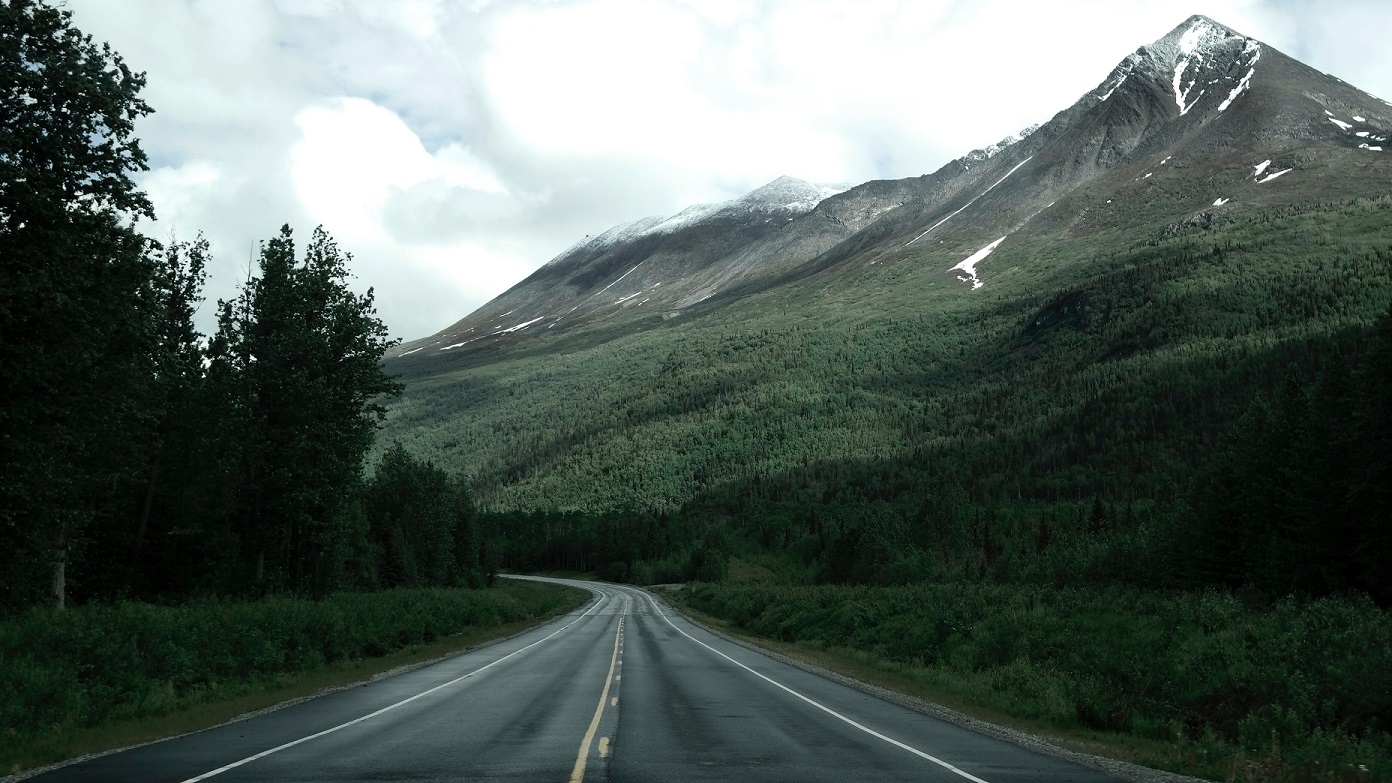
What can we learn from Mennonite privilege?
I grew up as a Mennonite in Cascadia. Now, in Cascadia, most Mennonite stereotypes are irrelevant. No horse and buggy or German language for me. I’m not a farmer (although Cascadia does have many Mennonite farmers). I vote. I pay taxes. I own a house. I’m educated. I have relatives who have served in the military. One stereotype, however, does hold true: I’m white. (And it is a stereotype. Globally, only 19% of Mennonites are in Europe or North America. The rest are in Africa, Asia, and Latin America.) In many ways, I’m the picture of Cascadian privilege—white, male, educated, employed, and relatively wealthy. I’m also Mennonite.
A History of Hardship
My privilege is significant—throughout our past, Mennonites haven’t known much privilege. Mennonites (part of the Anabaptist stream of the Reformation) have historically committed themselves to the church’s distinct identity, practiced with adult baptism and the way of active peace in discipleship. These commitments placed them in opposition to Catholics and Protestant right from the start. To be re-baptized as an adult—the literal meaning of “Anabaptist”—was a sign of apostasy, a rejection of national and religious identity in a time where separation of church and state was non-existent. The success and establishment of other reformers was absent for Mennonites. Instead of privilege, Mennonites faced centuries of persecution and poverty as their countercultural practices placed them in opposition to the church and state of the nations they resided in.
Coming to North America in the late 19th and early 20th century, Mennonites initially remained predominately isolated, sustained by an ongoing commitment to living as a distinct community—a community unified in religious activities, a common German language, and a life of simplicity. In Cascadia, Vancouver and the Fraser Valley became home to a large number of Mennonites, many of them refugees fleeing war-torn Europe. In Cascadia and other parts of North America, Mennonites found peace in their poverty and persecution. And then they found privilege.
From Poverty to Privilege
Mennonites have gone rapidly from poverty to privilege. Centuries of struggle found rest and wealth in the fertile soil of the Fraser Valley and the burgeoning metropolis of Vancouver. Past separation rapidly morphed into an integration unparalleled in Mennonite history.
Centuries of commitment to the German language that defined Mennonite identity soon gave way to English. Partly out of economic necessity, no doubt, the shift to English also came as an attempt to keep 2nd and 3rd generation Cascadian Mennonites in a church surrounded by modern English-speaking Vancouver.
Mennonite economic engagement drastically changed as well. Isolated agricultural practices in Europe sustained cultural separation. But settling in modernized Cascadia, while still rich in farmland, resulted in many Mennonites finding economic success in a variety of business sectors, most notably land development and construction. And while many Mennonites still farmed, they ran their farms as businesses, unlike the communal self-sufficiency of farming in Europe. Today, Mennonites enjoy great wealth in land, business, and agriculture.
Along with economic integration came a political engagement no longer relegated to church boards or Mennonite colonies. Cascadian Mennonites have held significant positions in civic, provincial and national government. Gone are the days where the Anabaptist conviction around the separation of church and state meant the abstention to vote was equated with faithful discipleship. Like most immigrant groups, Mennonites modernized.
Mennonite integration in North America and Cascadia shifted religious identity and spiritual practices. The once distinct community—some claimed German as “God’s language” and four-part harmony as divinely ordained—soon became another form of Cascadian Christianity. Fringe English worship services became the norm after WWII. While choral music stuck longer than the German language (Mennonites, ironically, are known for their intense “worship wars”), worship music inevitably gave way to the pop/rock genre that is Contemporary Christian Music. The practice of lay preachers was replaced by professional pastors.
Put in a positive light, these shifts led to opportunities for church growth and new ways of engaging in mission, both in Cascadia and around the world. For example, Mennonite Central Committee, a respected global relief and service agency, was developed from the wealth of North American Mennonites, many from Cascadia.
“Who am I really?”
Yet many Mennonites struggle with a tension of identity. How do we integrate these cultural shifts with the Anabaptist ideals of radical discipleship and covenant community? Embedded in modernized Cascadia, Mennonites have gone from poverty to privilege. Mennonite identity has changed.
I’ll admit, this narrative isn’t initially hopeful. Or helpful. What am I to do—a privileged Cascadian who is also a Mennonite—when my tradition has been consumed by Cascadian culture? Can I really be both? This tension is likely true for many cultural and religious groups who have settled (and are settling) in this land. I’m left to ask, ”Who am I really?”
How do we even begin answering that question? Here’s a place to start: an honest retelling of our cultural stories. Recognizing these significant shifts in our history and inviting conversation and awareness can help move us beyond mere complaint. For some, engaging this story means ignorance is no longer bliss. As we learn about and even lament the impact of privilege, we also need to ask how we can steward that privilege. As Stanley Hauerwas points out, understanding the narrative tradition in which a community belongs is essential for “reminding us of what kind of community we must be.” Prone to lose our distinct Mennonite identity in Cascadia, Mennonites need this reminder.
Cascadians are a diverse people from many places. All of us need to remember our own histories, not just Mennonites. To this point, Hauerwas highlights a need for the skill of remembering—remembering the narrative that shaped a community’s identity. By reminding ourselves of our foundational narratives—in my case the Mennonite story—all people in Cascadia can assess how their current identity and practices have been shaped not only by their own history, but also by the many narratives represented in Cascadia. In engaging our own histories and those around us, the diversity of Cascadia can come alive as we encounter the personal stories of challenge and transformation so characteristic of this place.
And as Christians, committed to the narrative as revealed in Scripture in the person of Jesus Christ, we engage our own narratives and the narratives of this place, yes, but constantly remember the truth of the greater story of Christ in which we find ourselves, a narrative that “holds all things together” (Col. 1:17). The narratives of Cascadia encounter and find meaning in the narrative of “God with us” in this place. Christ and Cascadia—an integration of histories all are invited to consider.

